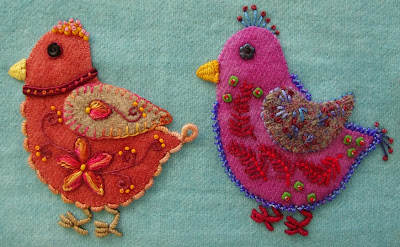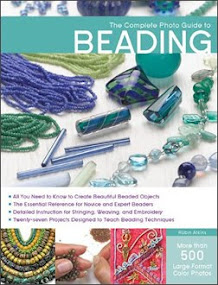The way it was:
- fabric stored in large tubs, each weighing over 30 pounds
- tubs stacked on the floor in a closet located in my office/computer/sewing-storage room
- when I needed something, I had to lift the tubs out of the closet, find the one(s) that might have the desired fabric in them (always on the bottom), and then carry the tub(s) to my studio, where I have table space and can sort through all the fabrics
- back breaking, daunting, not fun at all
The side-to-side measurement of the closet opening is about 70 inches. There is a shelf and clothes-hanging rod, which I want to keep, in case the room needs to be reverted to bedroom status again (its original use). The shelf is 65 inches from the floor. The depth of the closet is 24 inches. This space, where all the tubs and totes were stored previously, is shown empty, ready for the new system.
After thinking about what to do for many moons, my idea was to buy some sort of shelving units, like bookcases, and place them two-deep in the closet. The rear units would be bolted to the back wall of the closet, side by side. The front units would be on castors, so they could be moved out of the closet for access to the fabrics in the rear units.
An internet search followed, and turned up 4-shelf, composite-material bookcases, in white, by South Shore. Available from Target, they were exactly the right size, and the price ($56.99 each, with free shipping) was right too. I ordered them! I don't know how long this link will last, but here's where I got them.
I hired a good handy-man to help me get the shelving units ready for my fabric. The rear units are bolted to the back wall of the closet. We fortified the front units by attaching quarter-inch plywood to the back and adding wood blocks under the bottom shelf, to which we attached the castors. We also added handles to use when I am rolling the units.
Now for the fun (and hard work) part. For four long days, tub-by-tub, I emptied my fabrics onto my studio tables, sorting and organizing them into stacks. I ironed each piece of fabric and folded it into a specific size, the size you get when you fold the 22 inch length of a fat quarter in half and in half again, and then fold that in half along the 18-20 inch width. The result is roughly 9.5" deep by 5.5" wide, perfect for shelves that are 11.5 inches deep.
I have a lot of half-yard and fat quarter pieces. This folding system works well for them. Fabrics of 1 yard or more, I folded into a larger bundle, stacked separately, as you can see in the above photo (right side of both shelves). Note that you can see the handles (for moving the shelving unit) at the top of the photo.
It works!!! I am delighted to be able to see my fabrics easily, without lifting, carrying or rooting through the tubs!
Here's how the rear shelves look. (I haven't finished putting things that go here on these shelves yet.)
Here's how the front shelves look when they are in front of the rear shelves. The fabrics I use most often, cotton batiks and prints, are here, easily available to flip through when I need something.
This is what it looks like when the front units are rolled out. They are pretty easy to roll. As you can see, I've tried to keep more weight toward the bottom. My handy-man is concerned about earthquakes, and wants to figure out a system to attach the front units to the rear units. I'm thinking a couple of simple door hooks on the sides would work.
The curtains close to prevent light damage to the fabrics and hopefully keep the dust off them (partially closed above). I've been thinking about using Velcro to attach clear plastic over the shelves of the front units, but maybe it's OK with just the curtains. Any thoughts about that?
Nearly finished now... just a few odds and ends to fit into the system, and plenty of space to do that. I thought I had a ton of fabrics, more than I'll ever use... and probably I do. But, for better or worse, there is now room for more. Yikes!


































































